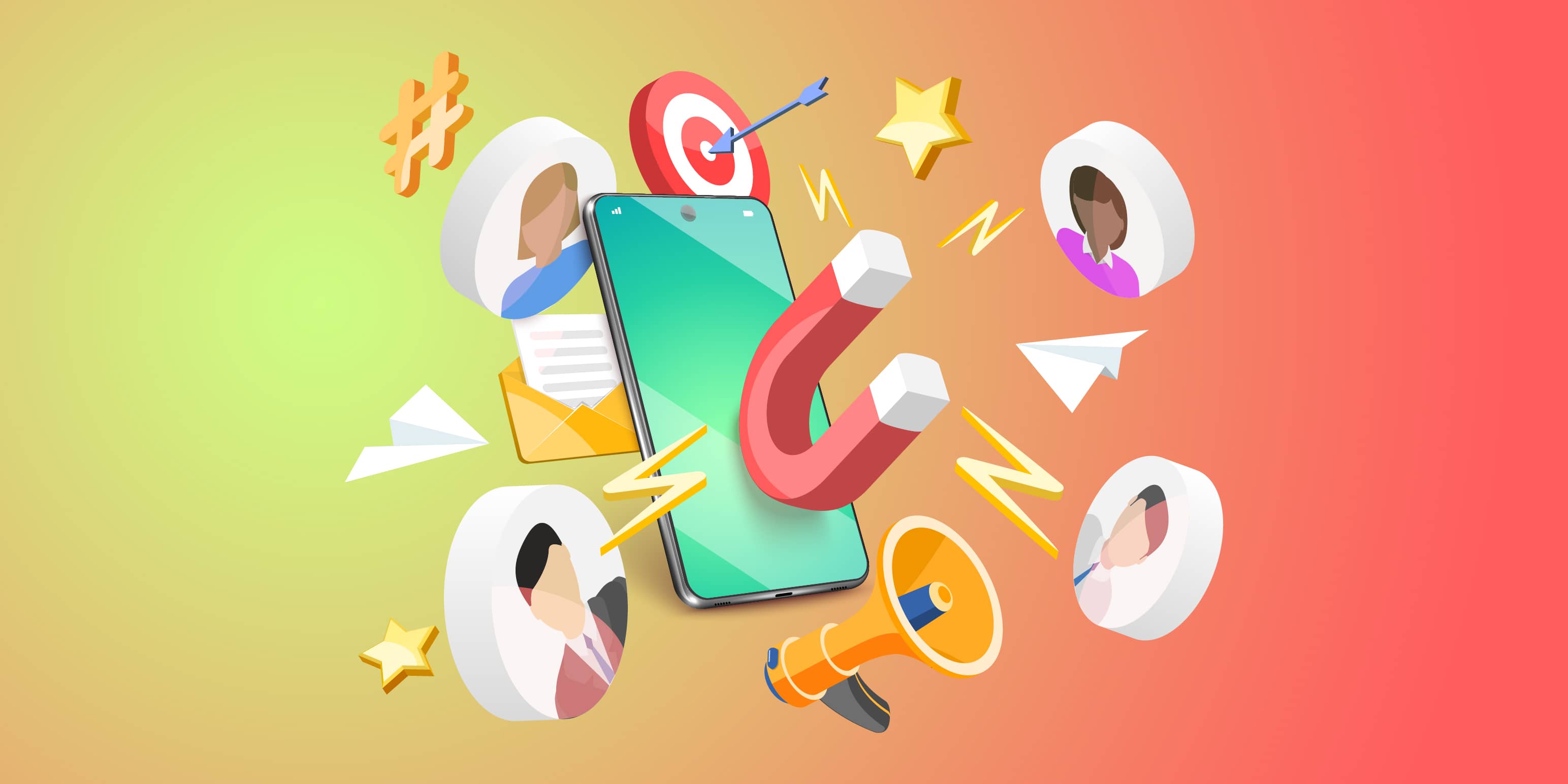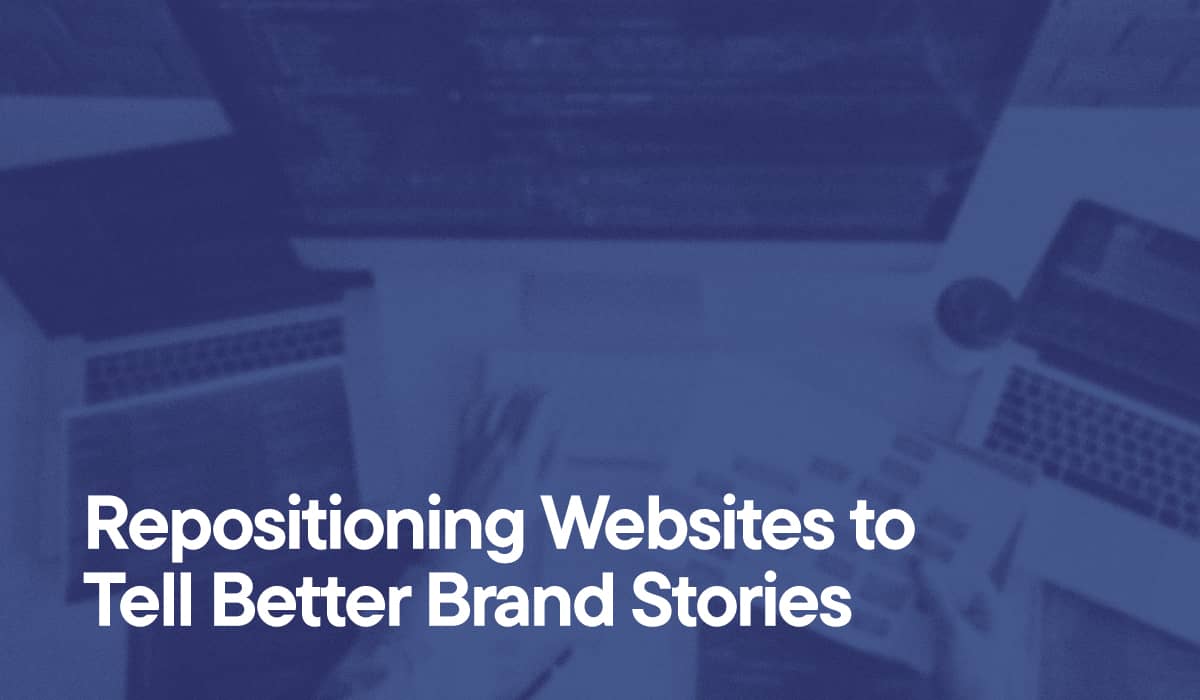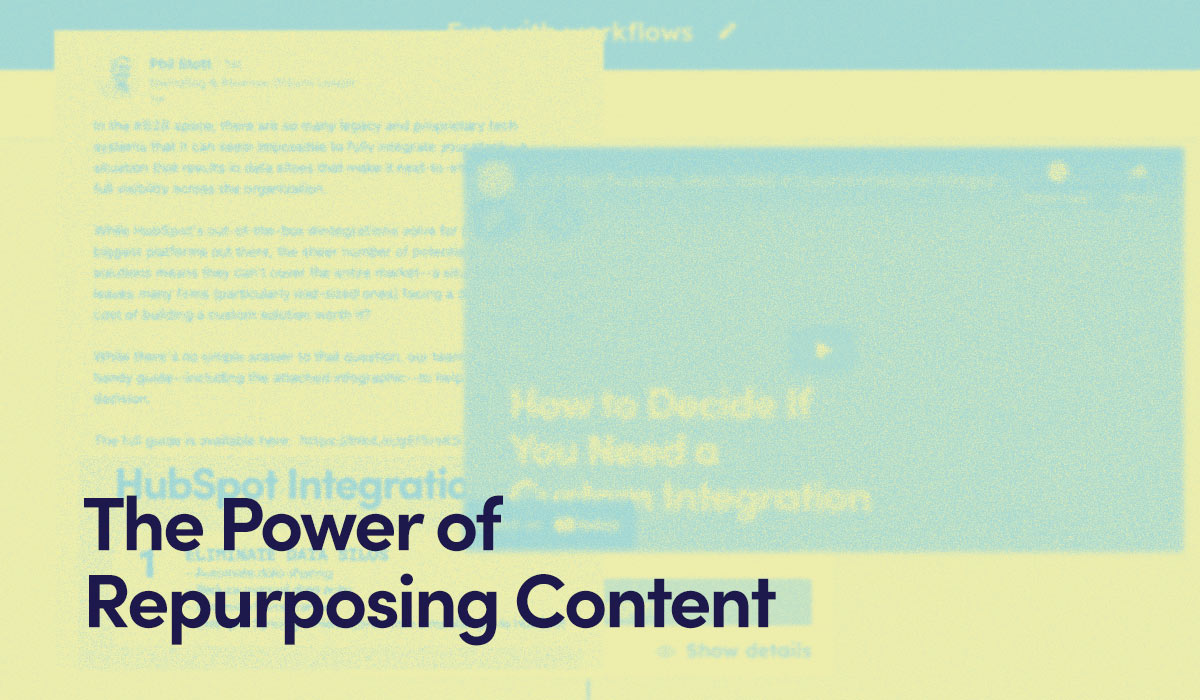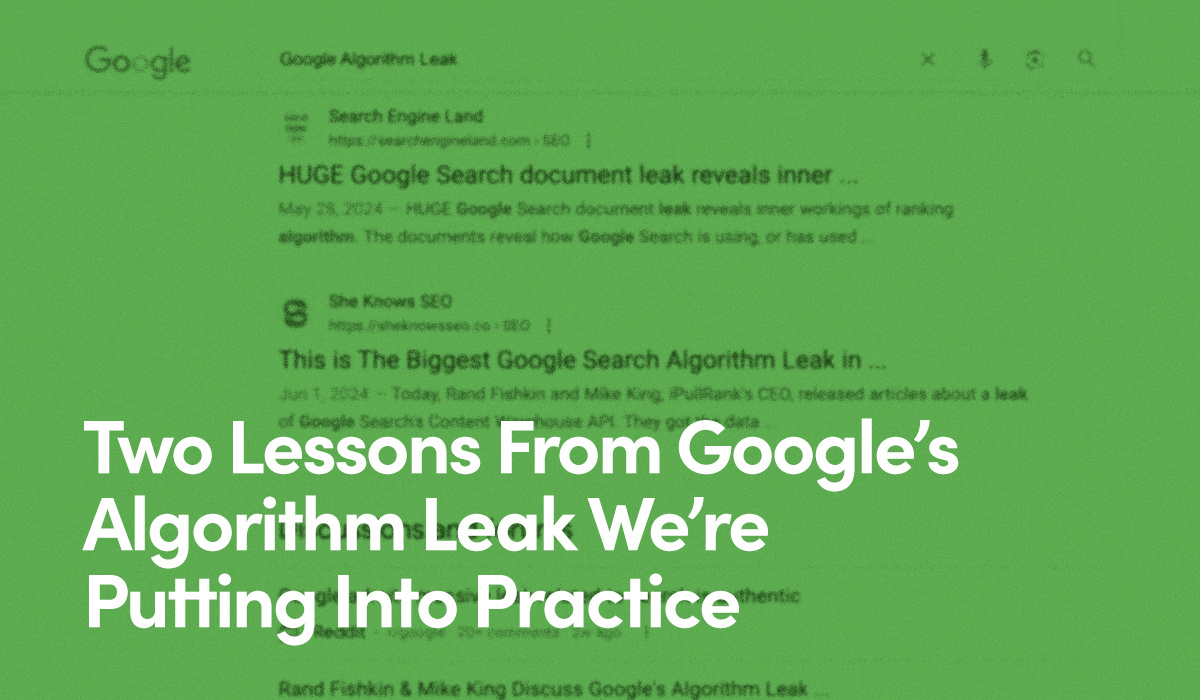Business-to-business (B2B) and business-to-consumer (B2C) marketing fundamentally differ in their target audiences, as B2B sells products or services to other businesses, and B2C encompasses products or services aimed directly at consumers.
While there is some overlap between the two strategies, there are also several key differences in their purposes, tactics, and consumers’ buyer’s journeys—the process someone takes leading to a purchase, consisting of awareness, consideration, and decision stages. Such distinctions help organizations better understand their respective target audiences, how to engage them effectively, and ultimately, turn prospects into returning customers.
What Is B2B Marketing?
B2B marketing is the strategy of selling products or services to other businesses, tailored to meet the unique needs and challenges of consumers making a purchase on behalf of their organization.
Whether to solve a company’s problem or improve operational efficiency, it is crucial B2B marketers get to know their ideal customers’ motivations and establish themselves as true authorities and solutions providers in their respective industries.
Examples of B2B businesses include:
- Printing & Packaging Solutions Provider Oliver
- Custom Commercial, Retail & Interior Office Glass Fabricator Dillmeier Glass Company
- Inbound Marketing & Sales Platform HubSpot
What Is B2C Marketing?
B2C marketing focuses on selling products or services directly to consumers.
B2C buyers are everywhere: They are people unloading groceries onto the supermarket conveyor belt, scrolling through digital book selections for their Kindle, or trying out new pairs of glasses at the optician’s office. They are buying for themselves, friends or family—yet similar to B2B businesses, searching for solutions.
Whether the product entices consumers because it’s entertaining or a great deal, ultimately, it addresses and fulfills their particular needs, and solves a problem. As with B2B, marketers should effectively communicate such value to their target audience. This strategy should prioritize entertainment, emotional appeal, and brand consistency when marketing through the often shorter-lived buyer’s journey of B2C consumers.
B2C businesses include:
- Clothing & Home Goods Stores, Such as Target
- App Connecting Blind & Low-Vision People With Sighted Volunteers, Be My Eyes
- Online Business Travel Site BusinessTravel
Some businesses utilize both B2B and B2C. Family-operated pasta sauce distributor Paesana, for example, not only sells its line directly to consumers, but additionally, in supermarkets.
Whether a business is exclusively B2B, B2C, or a hybrid, knowing the motivations and optimal target audience engagement opportunities helps marketers meet consumers where they are in the buyer’s journey and nurture them into happy returning customers—and eventually, brand evangelists.
Let’s take a look at main priorities for B2B and B2B consumers.
What Are B2B Customers’ Priorities?
Education
Since B2B consumers are making a business-related purchase, they often conduct extensive research to ensure it’s the right decision for the company.
They may be searching for a service to solve a problem and improve their organization, optimize operational efficiency, or provide a necessary stock product, such as raw materials. Whatever the case, these buyers are thorough and consider various options, which explains why many have longer buyer’s journeys.
The research process is an optimal time for marketers to utilize inbound techniques—an empathetic methodology that provides buyers with helpful, relevant information about specific products or services via blog posts, videos, ebooks, or emails in a non-interruptive way. The goal is to attract, engage, and delight them throughout their buyer’s journeys. A 2021 survey by market and consumer data firm Statista identifies “leading a thorough discovery of [consumers’] concerns, wants, and needs” as the top factor (71%) influencing purchasing decisions of B2B buyers in 2021.
By leveraging inbound methodology, marketers can reach consumers in the most optimal way, at the most ideal time. These content offerings answer specific questions about products and services, and provide meaningful value. This helps establish companies utilizing inbound methodologies as trusted advisors, providing solutions to common problems, with the goal of attracting, engaging, and delighting consumers, and eventually converting them into loyal customers.
Efficiency
When considering options, B2B consumers tend to make logical decisions based on what will be most efficient for their business.
Common considerations include whether or not the product or service will solve an issue, improve and streamline operations, or save time, money, and resources.
Marketers should be in it for the long haul: Attract B2B consumers through non-interruptive content, engage them by expertly addressing specific, efficiency-related needs and pain points, and nurture a relationship that delights by exceeding their expectations.
Return on investment (ROI)
As the aforementioned survey states, 66% of B2B buyers report a main factor influencing their purchasing decisions is whether the seller makes the return on investment (ROI) case clear.
B2B consumers may also be required to consult a long chain of command before making final determinations, gain support from multiple stakeholders, need supervisor approval, or be bound by specific rules or processes around purchasing.
Transform Your Marketing With Strategic Content
Ready to Convert More Leads Into Loyal Customers?
Discover Our Content Engineering Expertise arrow_forwardHow to Market to B2B Prospects
There are a few key channels for marketers to consider when nurturing B2B leads.
Another analysis by Statista ranks the most effective B2B marketing techniques for attracting and engaging consumers the following:
- Articles/Blog Posts (55%)
- Reviews/Customer Testimonials (43%)
- Whitepapers (38%)
- Videos (33%)
- Webinars (30%)
- Research Reports (28%)
- Social Media Posts (23%)
- Content Created With Partners (19%)
Given the buyer profiles of B2B customers, it’s not surprising they gravitate toward informative content which engages them in understanding potential solutions and outlines benefits from other customers.
What Are B2C Customers’ Priorities?
Entertainment & Emotional Appeal
Compared to B2B consumers, B2C shoppers can make more impulsive decisions regarding purchases if they feel the product is entertaining, has a “wow” factor, or will improve their lives.
B2C consumer decisions are often more emotionally driven, and buyers gravitate toward products that provide entertainment value or make them feel excited and happy to use them, according to an article by marketing and sales platform Impact+ titled “How Emotion Influences Buying Behavior (And Marketers Can Use It).”
Marketers must really understand their target audience: Conducting well-rounded, data-specific analytics is critical. So is developing specific buyer personas, content strategies, and social media techniques highlighting products and services they consider entertaining, meaningful, and life enhancing.
Convenience & Ease
When solving an issue or fulfilling specific needs, B2C consumers are often attracted to simple, easy messaging, and overall convenience.
These buyers don’t want to be bombarded by loud or irrelevant content. With a shorter window to make an impact, marketers should prioritize:
- Simple Copy That Doesn’t Try Too Hard
- Making Products’ Benefits Clear
- Brand Consistency, Clear Messaging & Authentic, Trustworthy Voice
- Non-Interruptive Marketing Techniques Such as Inbound
- SEO-Optimized, Accessible Websites Created to Attract & Convert
How to Market to B2C Prospects
Here are the top marketing channels utilized by B2C marketers, according to a HubSpot survey:
- Social Media (44.9%)
- Email (35%)
- Website/Blog (34.8%)
- Content Marketing (32.4%)
In addition to which marketing channels you utilize, it matters how you use them—synchronistically. Marketers should prioritize omni-channel marketing, a fancy way of saying engage users over multiple platforms, to maximize reach.
Throughout these platforms, marketers should develop and maintain an authentic and transparent brand voice that takes a stand on important issues, according to “The Top 5 B2C Marketing Trends of 2022 [New HubSpot Blog Data]” by HubSpot. This year, 45% of B2C marketers plan to increase their investment in social responsibility, it reads.
Though B2C consumers tend to have shorter buyer’s journeys, marketers should utilize loyalty programs, discounts, exclusive offers, or early access to sales to create long-term customers and make better use of marketing budgets. It costs five times more to acquire new customers than retain existing ones, according to HubSpot’s “Customer Loyalty: The Ultimate Guide.”
The Takeaway
B2B and B2C marketing strategies share some fundamental objectives, yet incorporate unique characteristics attuned to their respective ideal consumers. Fully understanding the specific needs and priorities of your target audience and creating relevant content that attracts, engages, and delights them is key in nurturing leads into happy customers.




